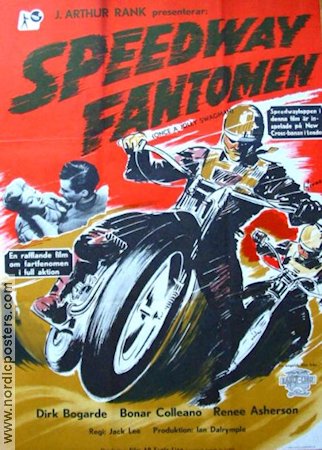| | | | | |
Tragedy strikes the Bugatti Circuit during the 1983 French Grand Prix. During a free practice Japanese rider Iwao Ishikawa is killed when his Suzuki collides with Loris Reggiani's Aprilia at the Virage de la Chapelle.
Sadly, the French MotoGP also claimed the life of the 1982 Champion, Swiss rider, Michel Frutschi when his Honda went down on April 3. Both riders were in the 500cc class.

Bugatti Circuit or Circuit des 24 Heures, also known as Circuit de la Sarthe, located near Le Mans, France, is a semi-permanent race course. The track uses local roads that remain open to the public most of the year.
Le Mans is a race where up to 85% of the time is spent on full throttle, meaning immense stress on engine and drivetrain components. However, the times spent reaching maximum speed also mean immense stress on the riders.
|




































 Torsten Hallman
Torsten Hallman